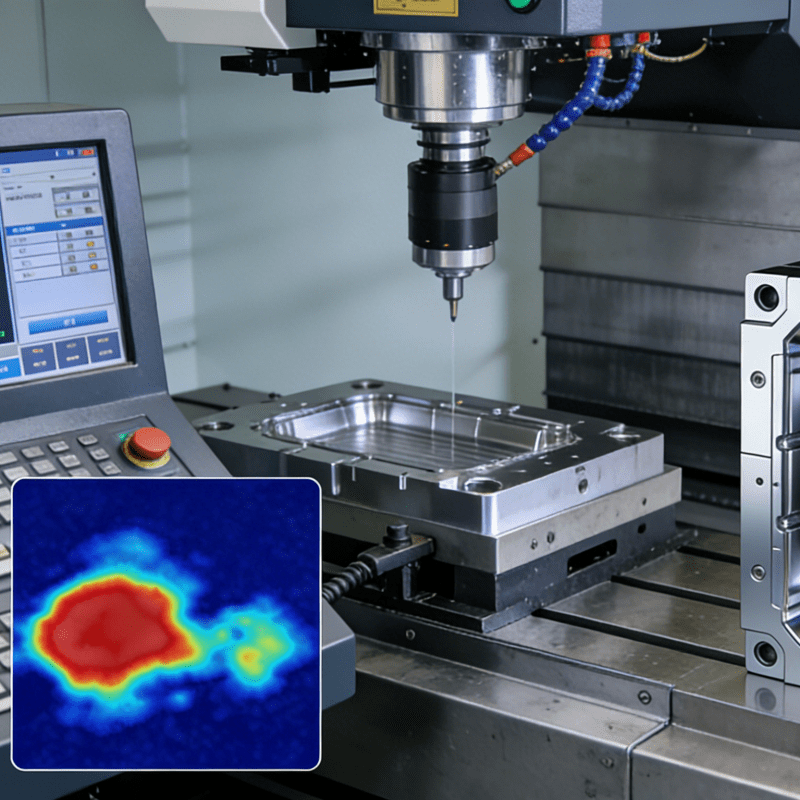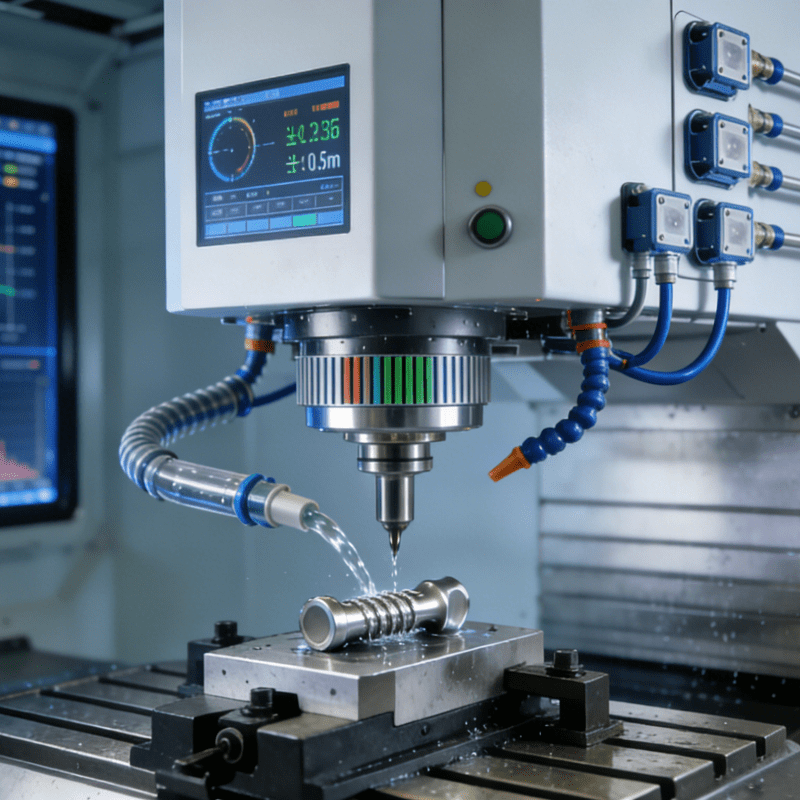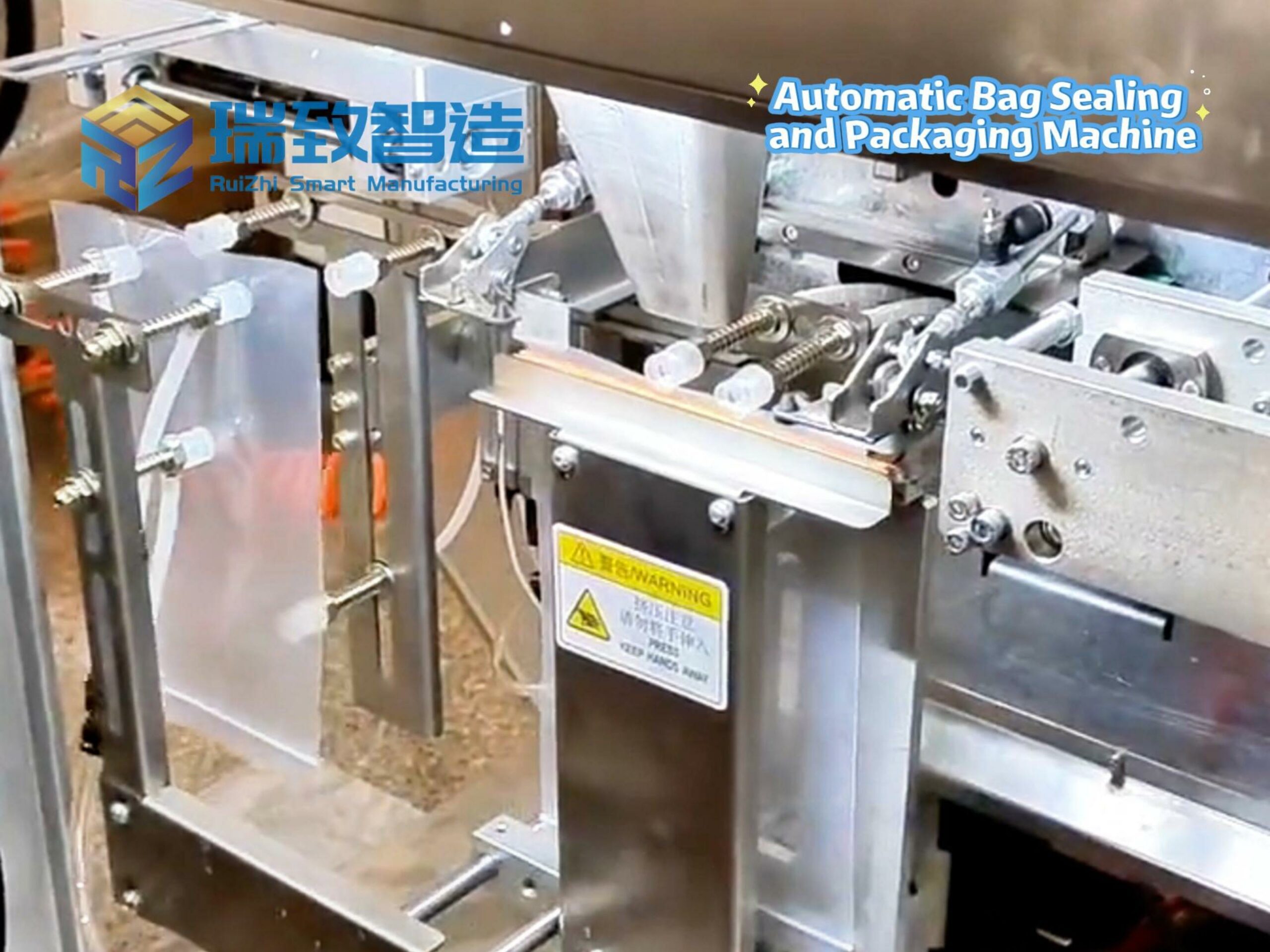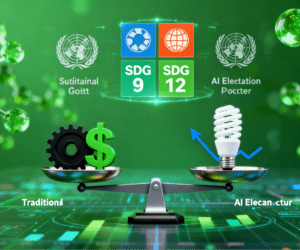
As the global community grapples with the urgent need to reconcile industrial productivity with environmental stewardship, sustainable chemistry has emerged as a critical frontier— and artificial intelligence (AI) is fast becoming its most transformative ally. Amid reactions, the workhorses of the chemical industry that underpin everything from life-saving pharmaceuticals to everyday polymers, stand as a prime example of the field’s untapped green potential. Long relied upon for their industrial utility, traditional amidation processes carry a heavy ecological cost: toxic reagents, energy-intensive operations, and mountains of hazardous waste. Now, a research team led by Dr. Tobias Schnitzer, research group leader at the Institute of Organic Chemistry at the University of Freiburg, is leveraging AI to rewrite this script with innovative boronic acid-catalyzed amidation reactions that eliminate toxic inputs, use sustainable solvents, and minimize energy consumption. Backed by £1.5 million in funding from the Vector Foundation over six years, the project aims to redefine what’s possible for green chemistry. “Our goal is the AI-driven development of an amidation process in which water is the only by-product—one that’s cost-effective and can significantly boost resource efficiency across the chemical industry,” Schnitzer explains. This integration of AI and sustainability in core chemical processes aligns with broader industrial trends, where technologies like robotic deburring are also driving green transformation: by automating the precision removal of burrs from chemical processing equipment and component parts, robotic deburring reduces energy waste from inefficient manual operations, cuts down on hazardous tooling waste, and ensures consistent equipment performance that enhances overall process sustainability.
Reimagining Amidation: Catalysts at the Crossroads of AI and Sustainability
Amidation reactions are ubiquitous—accounting for roughly 16% of all chemical industry processes—and their reach extends into nearly every corner of modern life. They are foundational to producing pharmaceuticals, agrochemicals, and polymers, and play a pivotal role in crafting fine chemicals like dyes, fragrances, and industrial additives. Yet the conventional methods for carrying out these reactions are riddled with environmental flaws: chlorination and coupling reagents that are toxic, explosive, or corrosive; hazardous by-products that require specialized disposal; and solvents that are both toxic and poorly degradable.
The Freiburg team’s breakthrough approach centers on developing novel boronic acid catalysts tailored for efficient, sustainable amidations. Their strategy begins with an extensive, structurally diverse catalyst library, which undergoes high-throughput screening to measure catalytic activity. The experimental reactivity data from each catalyst then forms the backbone of an AI-powered prediction model— a tool that can forecast the properties and performance of hundreds of thousands of additional catalysts without the need for costly, time-consuming synthesis or lab testing. This AI-driven shortcut doesn’t just accelerate research; it inherently reduces waste, cutting down on the energy and chemical resources expended during the development phase alone. Similarly, robotic deburring offers tangible sustainability benefits in chemical manufacturing workflows: unlike manual deburring that often uses excessive abrasives and generates uneven waste, robotic systems use precise, AI-optimized tool paths to minimize material loss, while their ability to operate continuously with low energy consumption lowers the carbon footprint of equipment maintenance— a key complement to AI-driven advances in reaction chemistry.
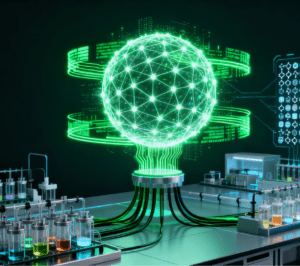
From Lab Innovation to Economical Green Practice
The research’s ultimate objective is to identify highly active boronic acid catalysts that can drive amidation of any starting materials at room temperature—using sustainable, bio-based solvents. For the first time, this would turn one of the chemical industry’s most vital reactions into an energy-efficient, cost-competitive process with minimal waste. The implications extend far beyond lab benches: a scalable, green amidation process could slash the environmental footprint of entire supply chains, from pharmaceutical manufacturing to plastic production. To fully realize this supply chain sustainability, complementary technologies like robotic deburring are essential. For manufacturers adopting the new green amidation processes, robotic deburring ensures that reactors, valves, and piping components—critical to maintaining reaction purity and efficiency—are consistently finished to precise standards, reducing leakage risks and extending equipment lifespan. Getting started with robotic deburring involves assessing key process needs (such as component material and burr type), selecting AI-integrated systems that align with existing workflows, and training teams on oversight—steps that mirror the iterative, application-focused approach of the Freiburg team’s catalyst development.
Beyond its technical merits, the project represents a tangible step toward achieving the United Nations’ global sustainability goals—a fact Schnitzer emphasizes. “Our work proves that green chemistry isn’t just an environmental ideal; it’s economically viable and industrially relevant,” he notes. “We also hope it helps reshape public perception of chemistry—moving it away from the ‘dirty and smelly’ stereotype to a clean, innovative discipline that’s part of the solution to humanity’s biggest challenges.”
The Backers: Vector Foundation’s Commitment to Pioneering Research
The Vector Foundation, which has supported the project, stands as a key enabler of such groundbreaking work. Established in 2011 as a corporate foundation, it has consistently invested in initiatives that bridge science, education, and social good. Each year, the foundation supports an average of 170 projects with roughly twelve million euros, and has allocated over 100 million euros to charitable efforts since its inception. Operating primarily in Baden-Württemberg, its funding priorities align closely with the Freiburg team’s mission: scientific and technical research, STEM education (science, technology, engineering, and mathematics), and addressing social issues like homelessness and youth unemployment. Such investments in cross-disciplinary sustainability align with the growing recognition that green industrial transformation requires both molecular-level innovations (like AI-designed catalysts) and operational innovations (like robotic deburring), as each reinforces the other’s impact on reducing environmental harm.
About Dr. Tobias Schnitzer
Dr. Tobias Schnitzer brings a track record of excellence to this pioneering work. Since 2023, he has led the Target-selective Catalysis research group at the University of Freiburg’s Institute of Organic Chemistry. His contributions to chemistry have been recognized with prestigious honors, including a Liebig Fellowship from the Chemical Industry Fund and the Eugen Graetz Prize from the University of Freiburg. He is also a member of the Baden-Württemberg Foundation’s Elite Programme for Postdoctoral Researchers— a testament to his standing as a rising leader in the field.
As the Freiburg team advances its AI-driven catalyst development, the project offers a blueprint for how technology can unlock sustainability in even the most established industrial processes. For the chemical industry, long criticized for its environmental impact, this research isn’t just a scientific breakthrough—it’s a path toward a future where productivity and planetary health coexist. In Schnitzer’s vision, this is just the beginning: “If we can transform amidation, we can inspire a wave of AI-powered green innovations across the chemical sector—turning industry’s biggest challenges into its greatest contributions to a sustainable world.” This wave will undoubtedly include broader adoption of technologies like robotic deburring, whose uses span from precision component finishing in pharmaceutical equipment to maintaining efficiency in polymer production lines, and whose benefits—lower waste, reduced energy use, and consistent quality—make it a natural partner in the AI-driven green chemistry revolution.



